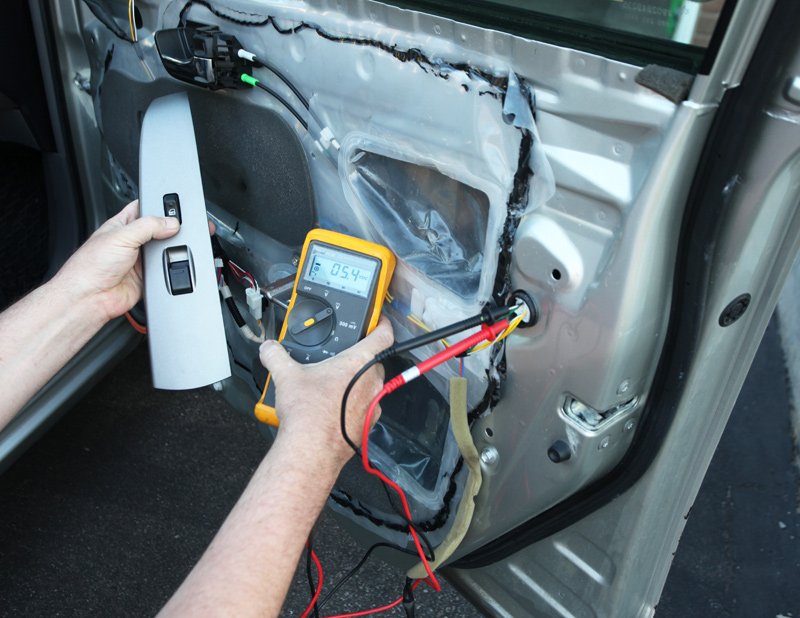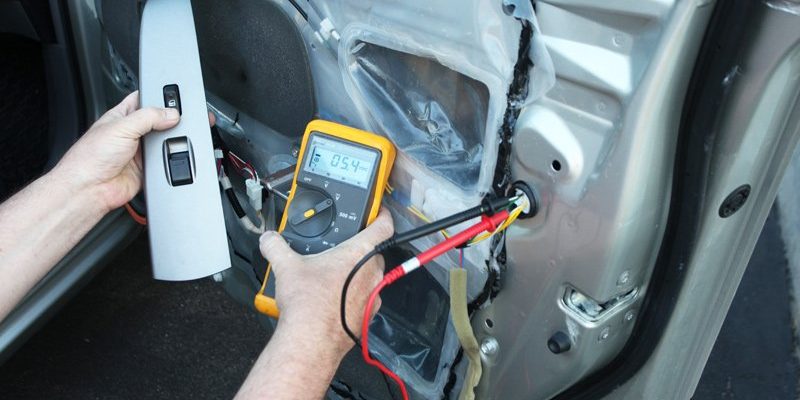
Whether you’re dealing with a standard home door or a fancy smart lock, understanding how to diagnose this problem can save you time and a hefty repair bill. Let’s navigate this together, step-by-step, to find out what might be going wrong and how to fix it.
Understanding the Door Latch Actuator
The door latch actuator is like the conductor of an orchestra, ensuring all the instruments come together to make beautiful music—or in this case, to open your door. When you press the button on your remote, it sends a signal to the actuator. The actuator then moves, which releases the latch and lets you in.
Here’s the thing: if the actuator isn’t working, you won’t be able to unlock your door. There are several reasons why this might happen. It could be a problem with the remote, the actuator itself, or something else entirely. Knowing how it all works is the first step in diagnosing the problem.
Most actuators are powered by batteries, so checking that could be your first move. If the batteries are low or dead, they won’t send the necessary signal.
Common Symptoms of a Faulty Actuator
So, what are the signs that your actuator might be on the fritz? Here are some symptoms to watch for:
- No response from the remote: If you press the button, and nothing happens, it’s a clear indicator. This could also be related to issues with the remote itself.
- Unusual sounds: If you hear grinding or clicking when you try to unlock the door, the actuator could be struggling.
- Inconsistent performance: Sometimes the door unlocks, and other times it doesn’t. This inconsistency can be a clue that the actuator is failing.
Each of these symptoms is a piece of the puzzle. If you notice any of them, it’s time to investigate further.
Step 1: Check the Remote’s Battery
First things first, let’s tackle the easiest thing to check: the remote’s battery. Honestly, you wouldn’t believe how often a dead battery is the culprit behind a malfunctioning door latch actuator.
To check the battery, open the remote and look at the battery type and orientation. Make sure you replace it with a fresh one. If you’re using a universal remote, make sure it’s paired correctly with your door system; it’s easy to overlook this detail.
Once you’ve replaced the battery, try using the remote again. If the door unlocks, congratulations! You found the problem. If not, keep reading.
Step 2: Inspect the Actuator
If the remote is fine, it’s time to take a closer look at the actuator. You may need to remove a panel on your door to access it. Check for any visible damage or loose wires. Sometimes, connectors can come undone, or debris can get lodged in the moving parts.
As you’re inspecting, think about the last time the door was used. Did it get stuck or jammed? Sometimes, environmental factors can impact how well the actuator works. For instance, if it’s been particularly humid, moisture can lead to corrosion.
If everything looks good but the actuator still isn’t working, it might need a reset. This is usually done by disconnecting the power supply for a few minutes and reconnecting it—kind of like a “refresh” for the unit.
Step 3: Test the Door Mechanism
Next, let’s look at the door mechanism itself. If the actuator seems fine, the problem might lie with the latch or the door alignment. Sometimes, a door can be misaligned, causing the latch to stick.
To check this, close the door and see if it latches properly. If there’s resistance when you try to lock it, there could be an alignment issue. Try adjusting the hinges or the latch position slightly.
Here, you might also want to apply some lubricant to the latch mechanism. A little grease can go a long way in helping things move smoothly.
Step 4: Consider the Wiring and Connections
If the actuator and remote are working but you’re still having trouble, it’s time to look at the wiring. Check for any signs of wear or fraying, especially if the actuator is older. Sometimes, rodents or even age can cause wiring problems.
Carefully inspect all connections to ensure everything is snug and connected. If you notice any damages, replacing the wiring may be necessary. This step can be more complex, and if you’re not comfortable, it might be worth calling in a professional.
When to Seek Professional Help
Sometimes, despite all your efforts, diagnosing a problem with a door latch’s actuator might lead you to hit a brick wall. If that’s the case, don’t hesitate to reach out to a professional.
A technician has the tools and experience to dig deeper. They can run diagnostic tests to determine if the problem is with the actuator or elsewhere in the system. Plus, they’ll help ensure everything is installed correctly and safely.
Sometimes it’s just not worth risking doing damage or creating more problems when a pro can help.
Final Thoughts
Diagnosing a problem with a door latch’s actuator can feel overwhelming at first, but breaking it down into steps helps simplify the process. Always start with the remote and work your way through the system—you’re basically a detective looking for clues!
If you take your time and follow these steps, you’ll either fix the problem yourself or have a clear idea of what to tell a professional. Remember, a little patience goes a long way, and soon enough, you’ll be back to entering your home without a hitch.
